The number one rule for real estate is Location, Location, Location. The same thing goes for a racing game. As far back as Pole Position the use of well designed racing courses has been important to gamers. Even the titles that did not rely strictly on actual locations were nonetheless memorable. Several studios idealized fictional places but none were better at it than Sega. I had mentioned previously in this series how important the Sega designed tracks were to the evolution of the genre. The locations that Sega invented stood out for a number of reasons, not the least of which was that the courses told a story. The use of themes and supporting details had become an element used in the best tracks. No other studio did it better than Sega. Over the past 20 years Namco had been doing their best to try and top their rivals.
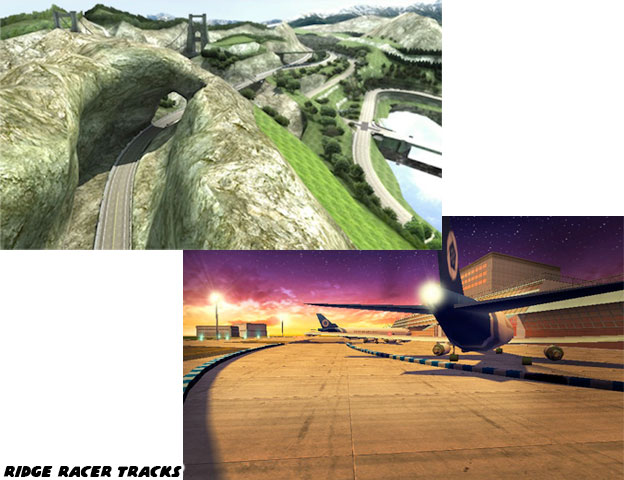
Namco did not try to beat Sega by creating fanciful courses with tons of animated set pieces or enormous props. Instead they kept revisiting and revising the realistic world they had established in the very first Ridge Racer. Ridge City and the surrounding courses built in Ridge State grew and grew over the course of 20 years. Each time they were presented entirely new details were added. New roads, off ramps, transfers and gates had opened up. The Ridge Racer team had been diligent about building on the legacy and making every iteration of the world more well defined.
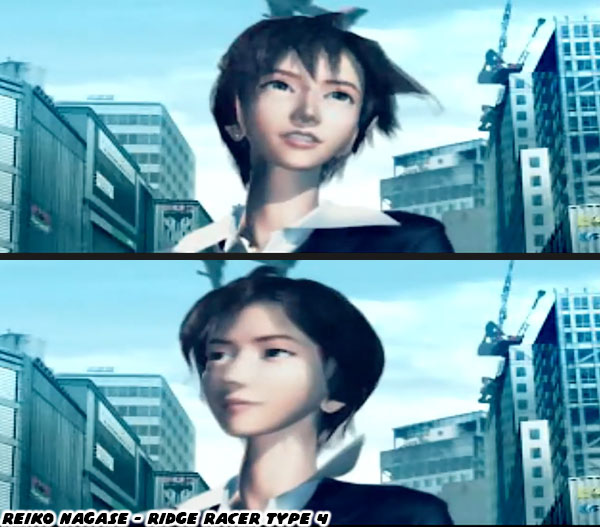
The details of each location was done more than on the surface level. Most long-time arcade players could actually remember helicopters and airplanes flying over several courses. Some planes were jumbo jets and some were single-seat gliders. These planes were even featured in the opening animations starring Reiko Nagase. Clearly Ridge City was a major destination and there must have been an airport nearby. That was inferred even if it hadn't been shown in the first few games.
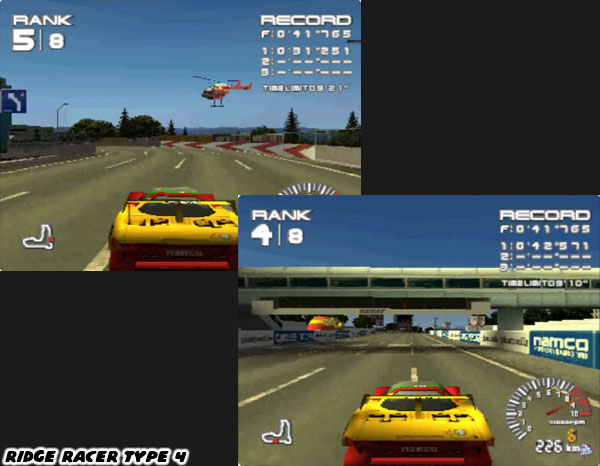
The developers at Namco had been hard at work with some sort of blueprint that they were trying to follow. Ridge Racer Type 4 had skirted the boundaries of the Ridge City Airport, which was across the bay from Ridge City. The developers of Ridge Racer V had built an underground track encompassing the airport, laying the literal foundation for the course. By the time of Ridge Racer 6 the fully realized airport, along with jets on the runway, hangars and terminal had been completed by the developers. The roads and freeway system from previous tracks were connected to the huge airport. In 2005 it was finally ready to be raced through.
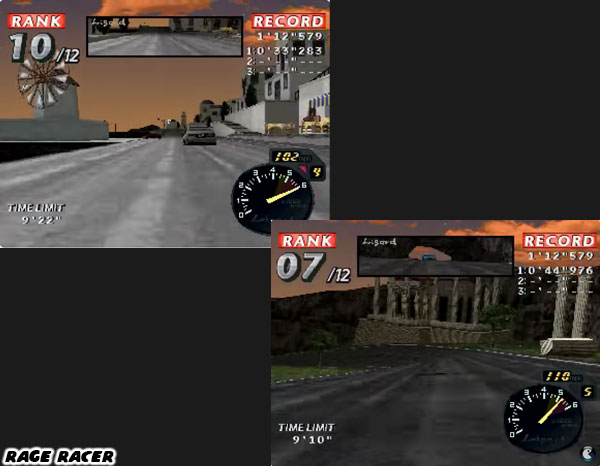
The hills which had been explored in Rave Racer and Rage Racer would continue to be fleshed out on the "next-gen" consoles. The tight, winding mountain passes would give way to breathtaking scenery. Huge expanses of land would become meadows where livestock wandered freely. Suspension cable cars ran over the track at the highest points of the courses. The race cars in Ridge Racer were capable of astounding feats of speed. They could travel from sea level to a few thousand feet in elevation and back down in a matter of minutes. It was up to Namco to create tracks that were equally awe inspiring as they were challenging.
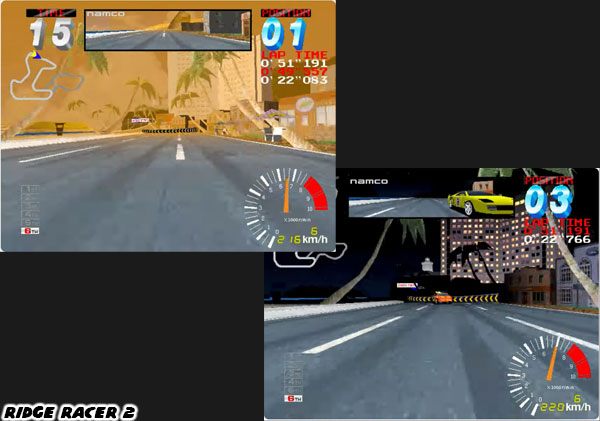
There was a certain sense of realism that Namco had injected into each course. Whether the road was in the middle of a city or hidden through a countryside there was something that seemed genuine about the track. Undoubtedly the driving fans at Namco had researched the roads in Japan extensively. When they traveled abroad they made sure to take plenty of photographs for reference. There were hints of well maintained toll roads and wide open expressways from major cities in Europe. There were also the unconventional but amazing roads that tourists would have discovered in Central and South America. The developers at Namco created amalgamations of these real world locations. They cleaned them up. Removed decades of wear and tear from the asphalt, concrete and tarmac. The pristine versions of these roadways were then twisted around scratch-built 3D scenery. There were no copy and paste models as in Ridge Racer Unbounded. The locations in Ridge Racer 6 and 7 were some of the most visually impressive tracks ever created by Namco or any other developer.
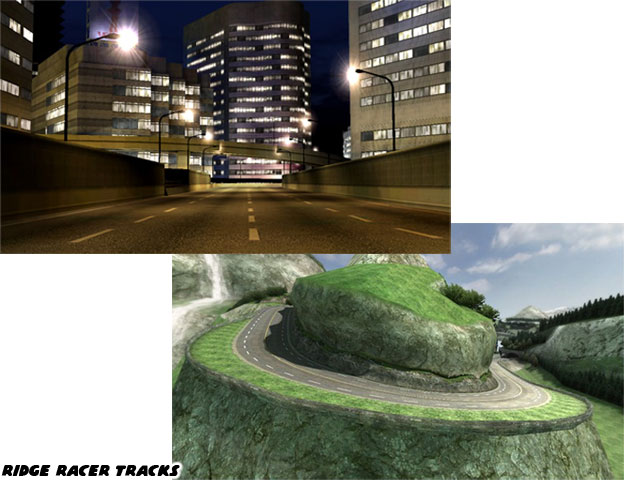
The studio had managed to do something very rare in the genre and it might have been the secret to their longevity. They kept refining the Ridge Racer experience after every sequel. They did not necessarily re-imagine what the game could and should be. That was the mistake with Unbounded. Very few racing games could get away with being the same experience each time. In fact that rule cut across the board. Very few sequels in any genre could get away with being the same experience.
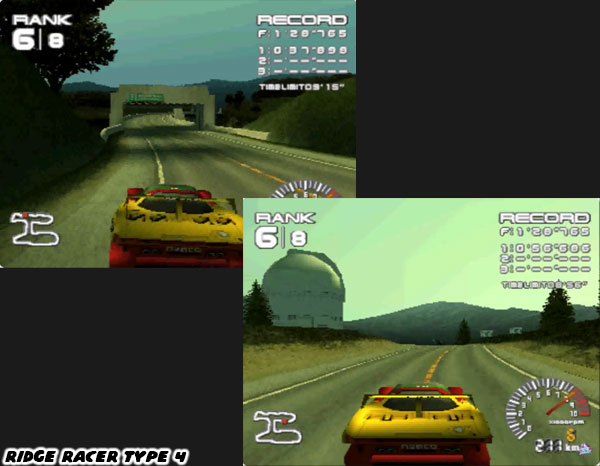
The game had to evolve, it had to grow or it would stagnate and die. Gran Turismo was another series that was refined with every iteration. It did not get an Unbounded-style radical makeover at any point. It simply got better year after year. The Mario Kart series, Forza and any other racing game that had lasted for several sequels got better as the years went on. Tweaks to the graphics, control, music, physics and gameplay added longevity to each of those titles. The core of each experience nonetheless remained the same. The heart of Gran Turismo was in realistic driving whereas the heart of Ridge Racer was in arcade racing. The amazing tracks players got to drive over had a lot to do with that success.
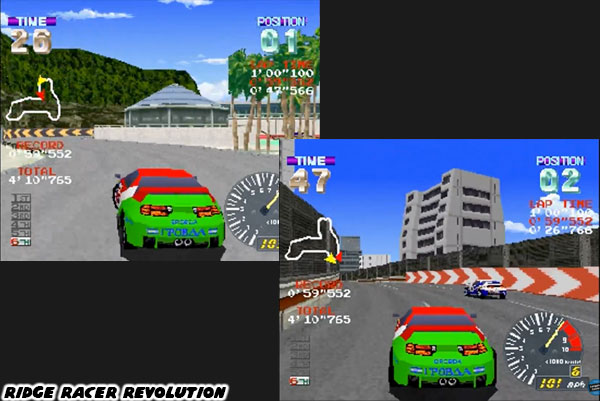
The team at Namco was not the only one that managed to create beautiful tracks that never really existed. The developers at Turn 10 studios
did a tremendous amount of research in creating several of the fictional tracks in the Forza series. The ability for other studios to create memorable 3D levels had grown exponentially since the '90s. Namco and Sega no longer held the lions share of superb track designs. What the studios did have were precedence. The two Japanese developers were the first and most important players in the 3D genre. They pretty much wrote the book on design.
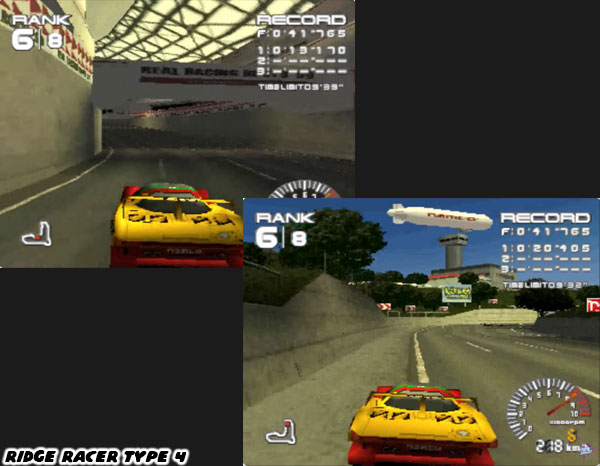
It was up to every other developer around the world to show that they had learned everything they could and could create quality masterpieces on their own. Namco differed from those developers because they were not focused on creating solely memorable tracks. They wanted to create worlds that were believable to audiences. On more than one occasion I would be reminded of the tracks in Ridge Racer especially as I drove through the industrial parks of Carson, the fancy hillside neighborhoods of Palos Verdes and the colorful splendor of the Los Angeles skyline at night. Elements from other cities like San Francisco and San Diego would stick out in the mind of this California resident. The levels Namco had designed would be like snapshots of an era. They perfectly captured the best elements of modern civilization. Whether players were racing through a mountain, airport, refinery or beach resort the studio had one goal in mind, consistency.
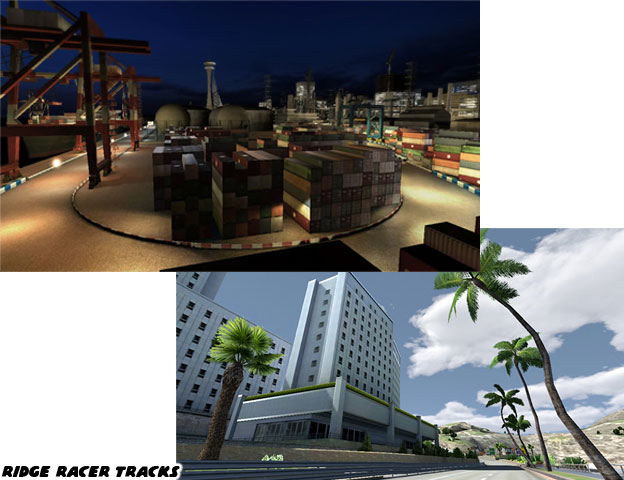
Ridge State was the ultimate destination to race fans. In order to convince game players of that Namco had to keep revisiting these locations. Each time they did they would make the site better than before. It was a terrible burden for Namco to keep the series alive. The original designers had jumped ship right after it was released and gave Sega a string of amazing driving experiences. Crazy Taxi and Sega Rally Championship could have very well been hits for Namco if history had gone differently. The team that filled in the gaps for the publisher did as much as they could with the few notes that were left behind. They managed to create the canon of Ridge City and Ridge State one road at a time.
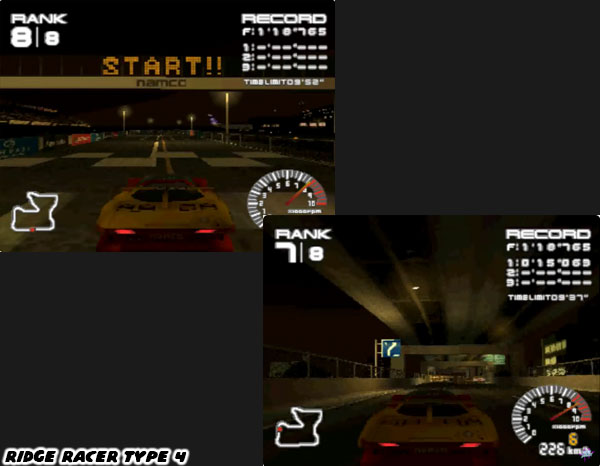
After 20 years and over four dozen tracks it was possible to say that Namco had the right approach. Places like Downtown Rave City, the Highland Cliffs, Mist Falls, Sunset Heights and Redstone Thunder Road would be remembered as some of the best tracks ever created. More important, these were all locations that had room to grow. Each course had blocked off paths that could open up and become incorporated in longer and more complicated courses. Bugbear Entertainment simply could not compete against the legacy established by Namco. The next blog will highlight the contributions that Ridge Racer 6 and 7 gave audiences.
As always if you would like to sponsor me
please visit my Patreon page and consider donating each month, even as little as $1 would help make better blogs and even podcasts!






















No comments:
Post a Comment